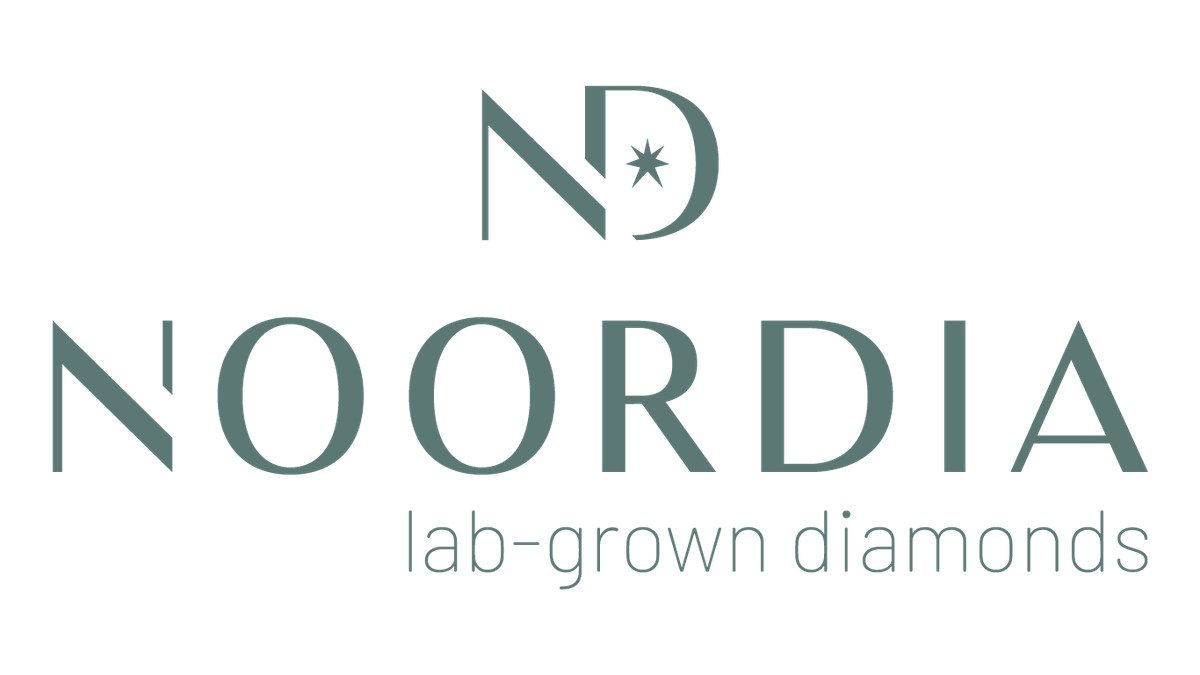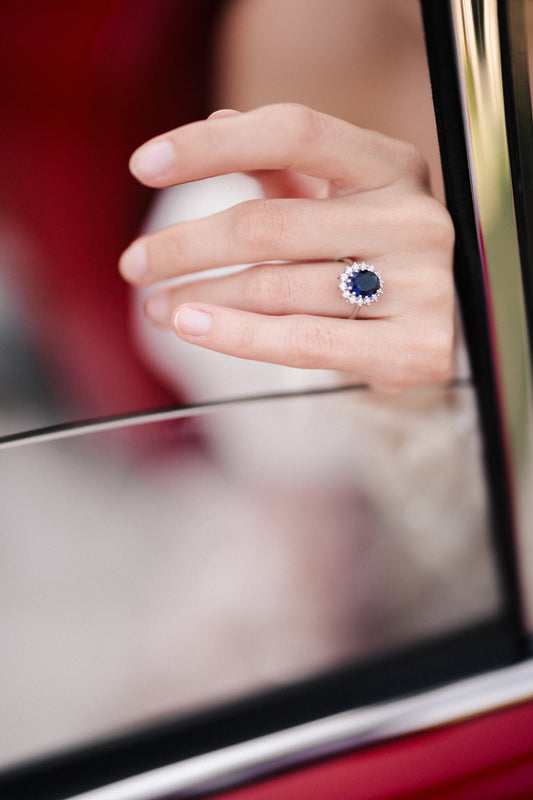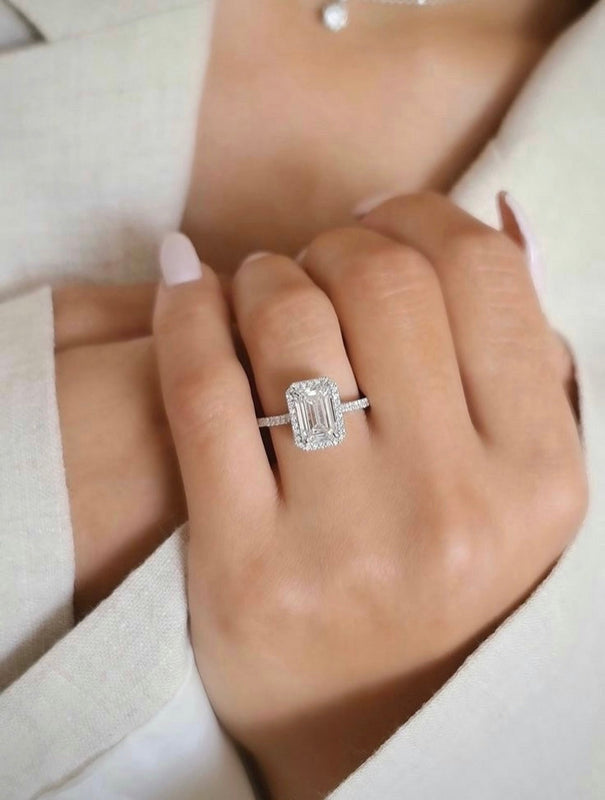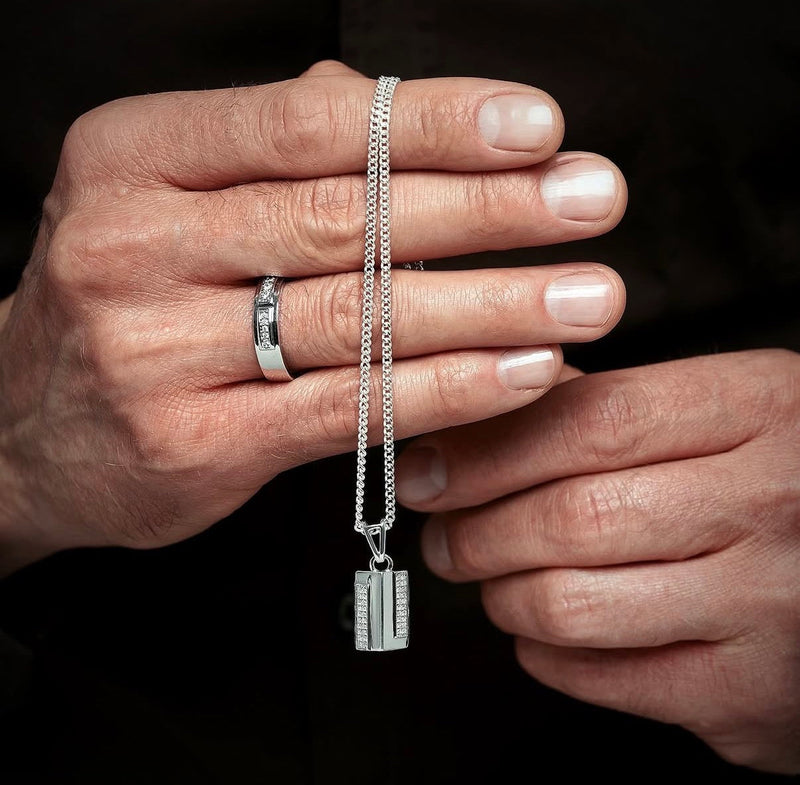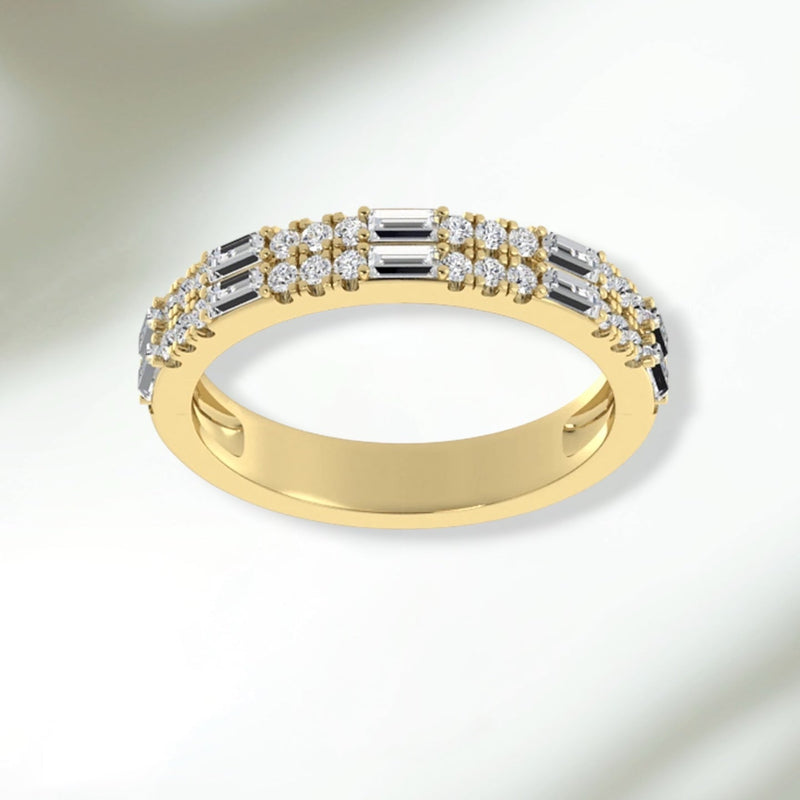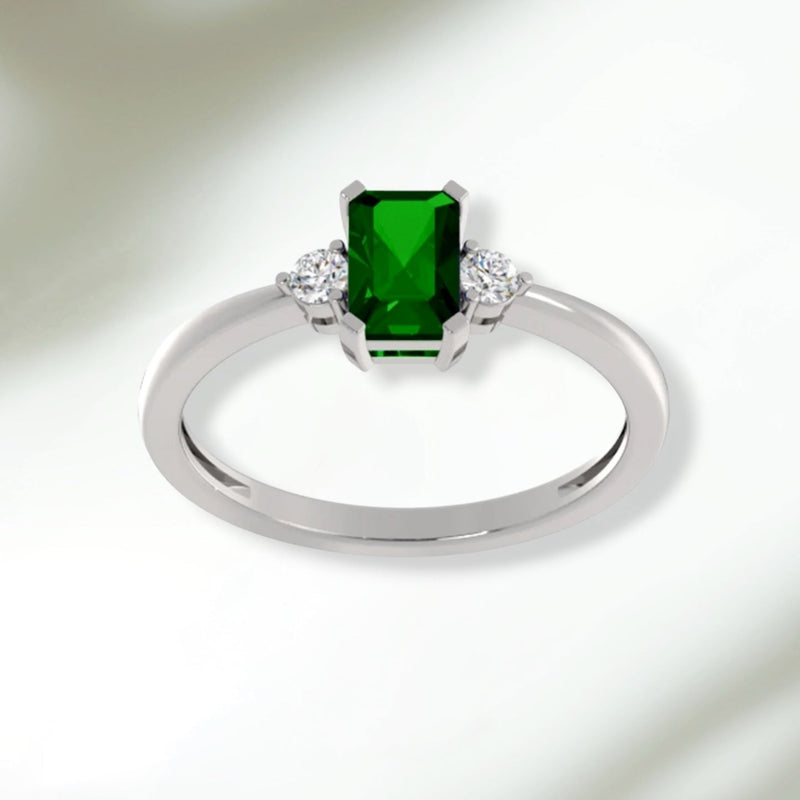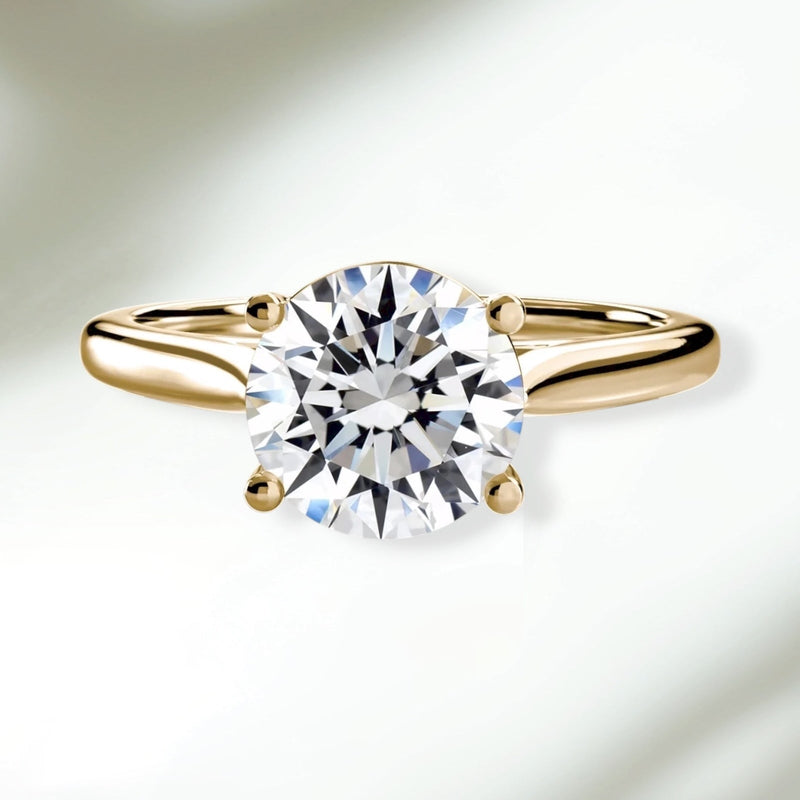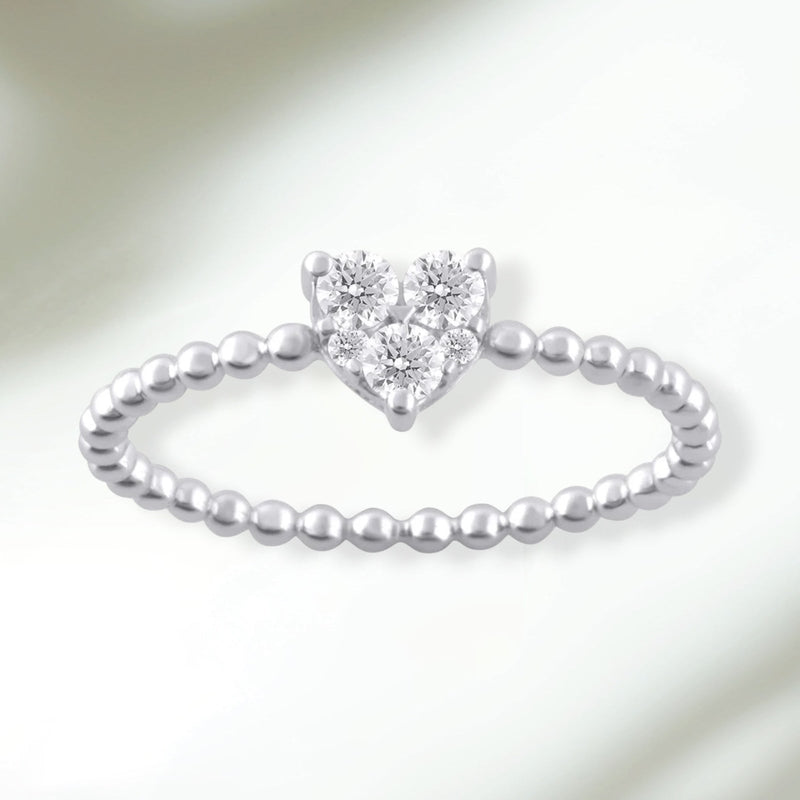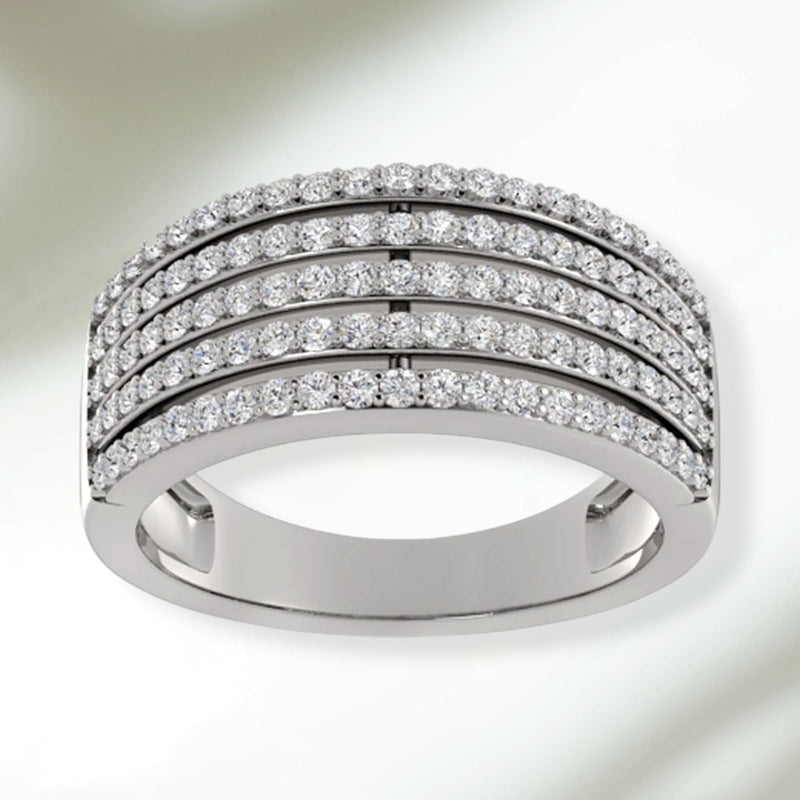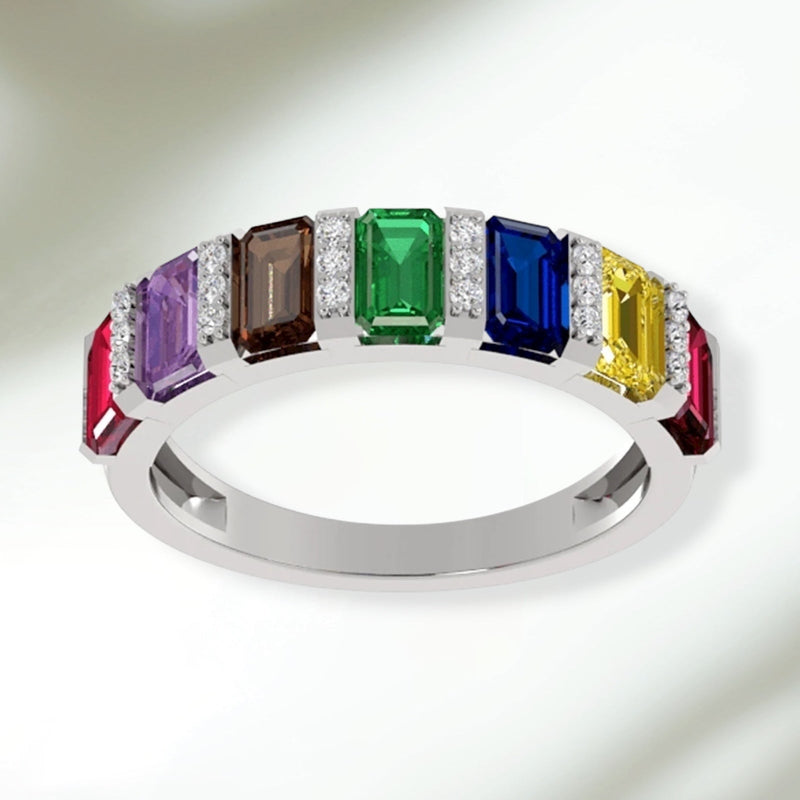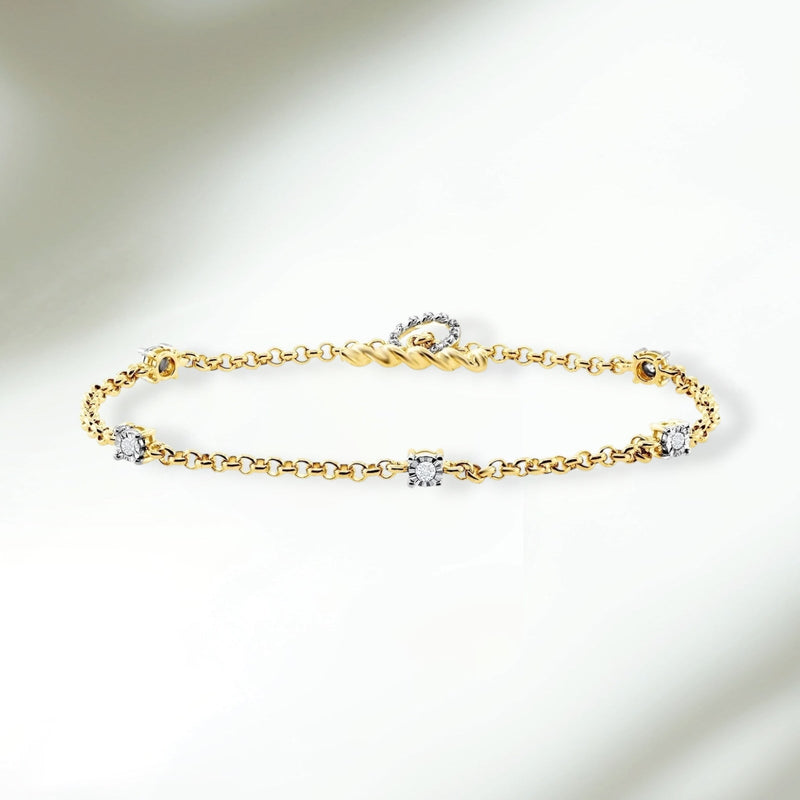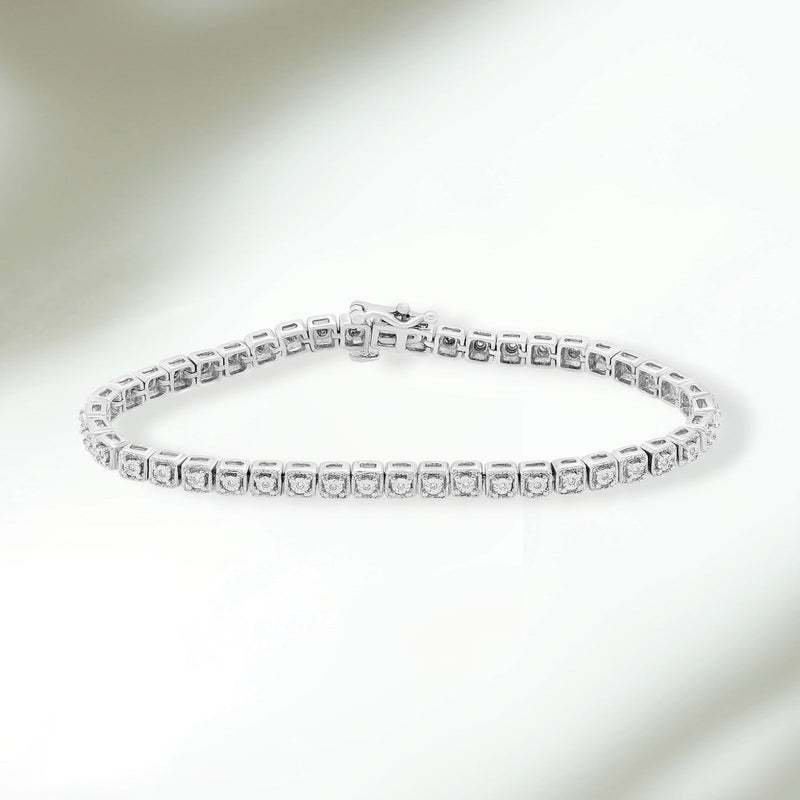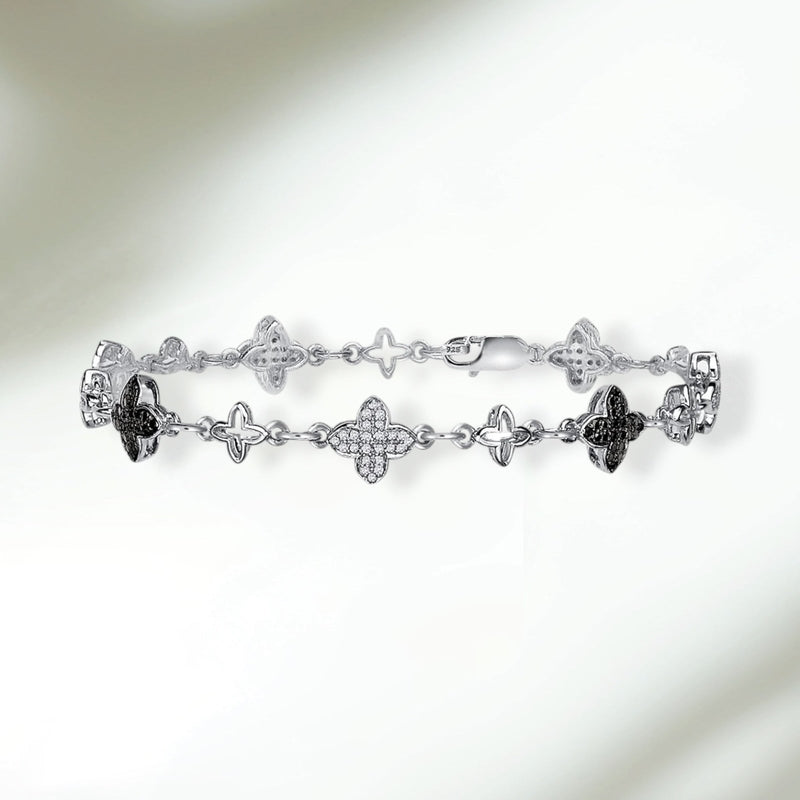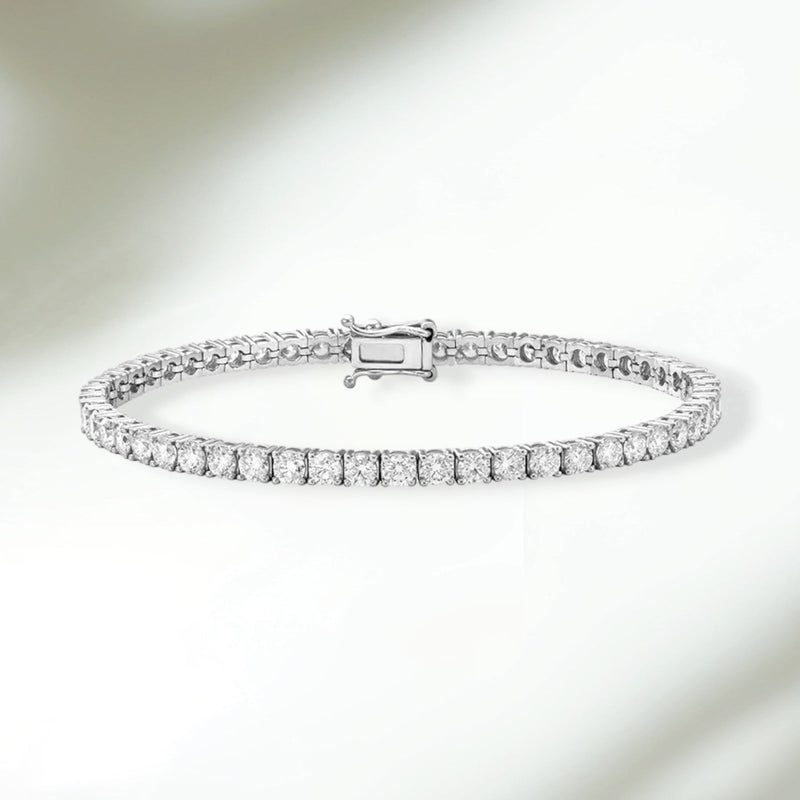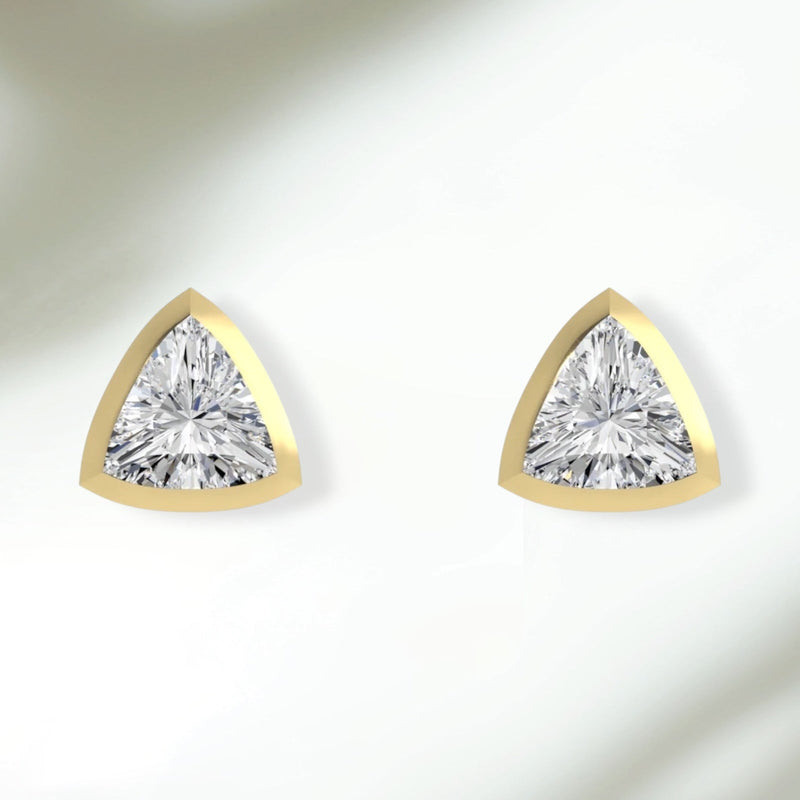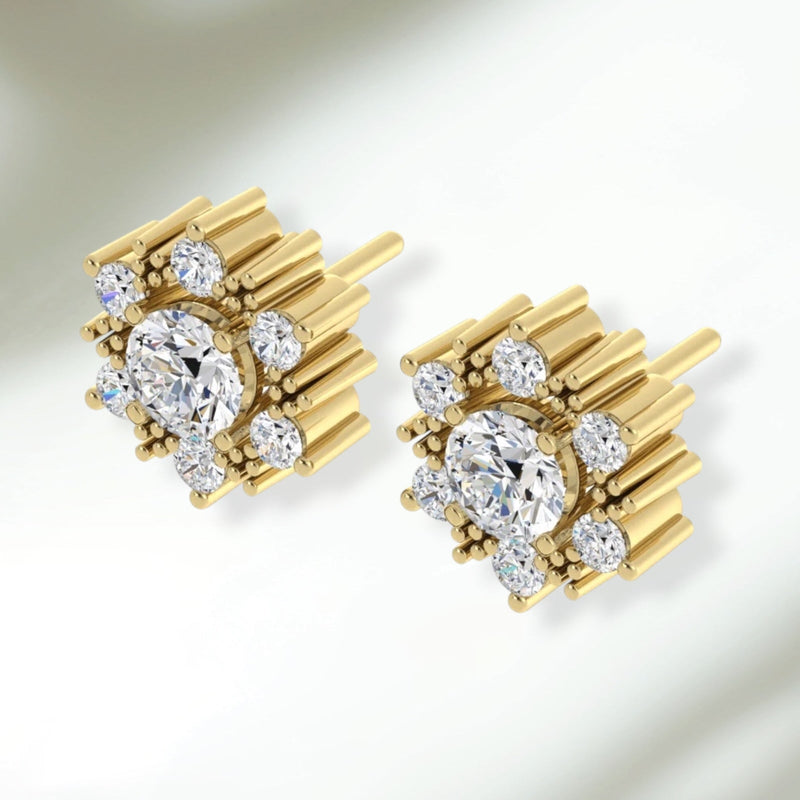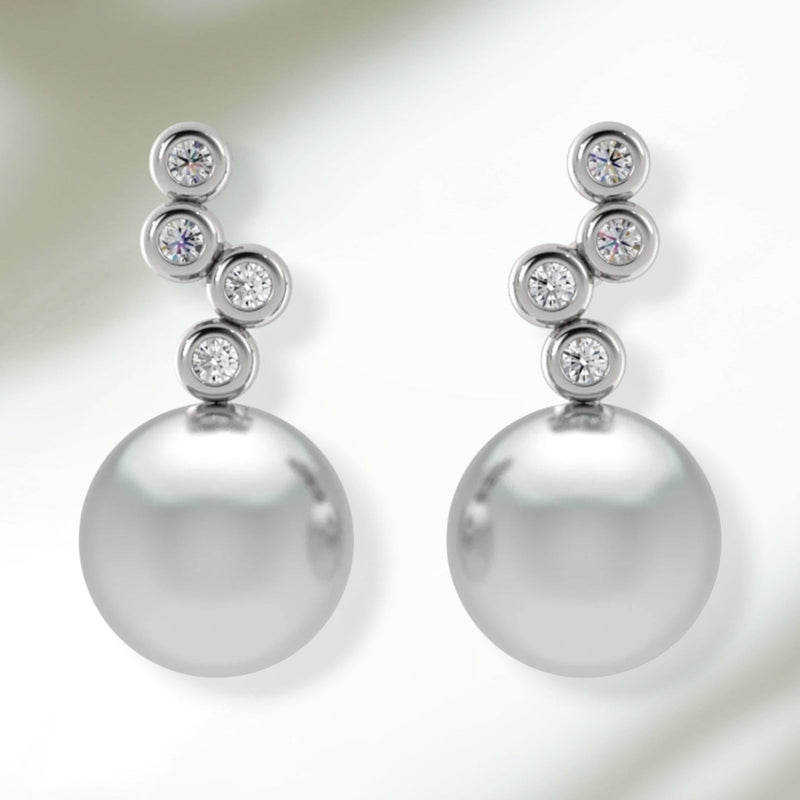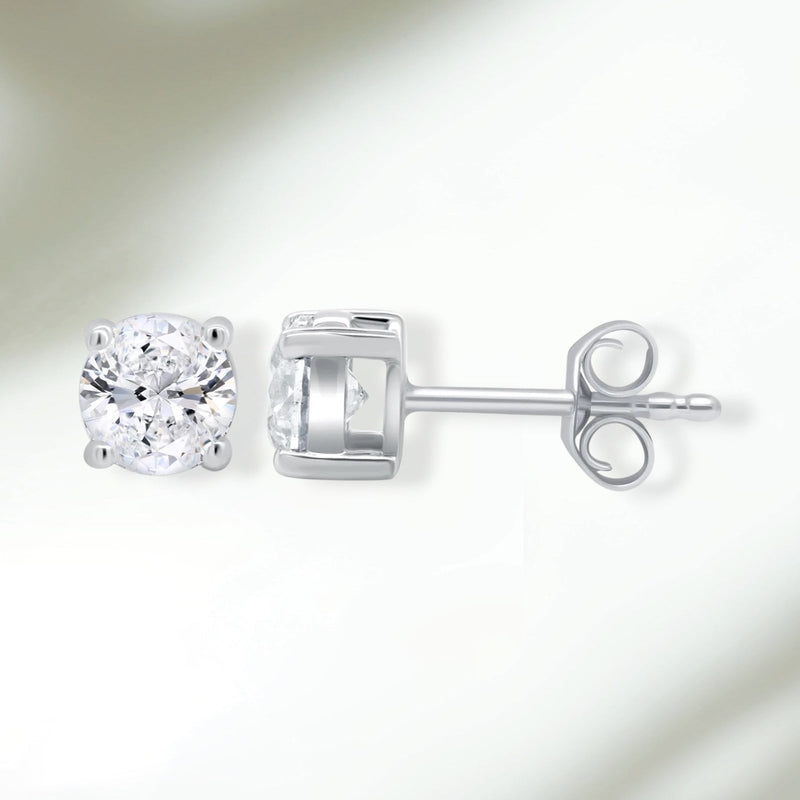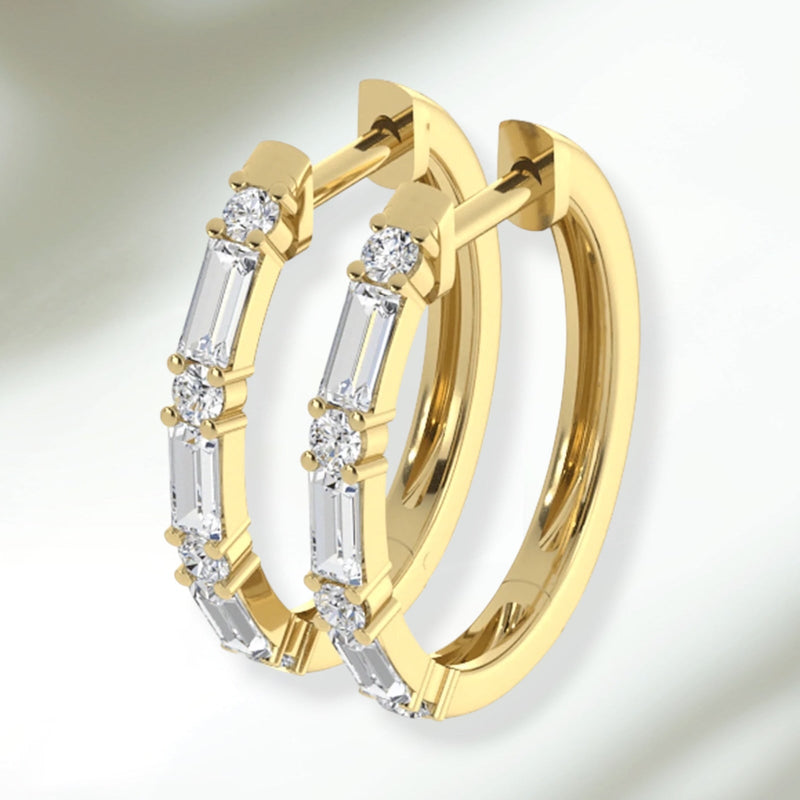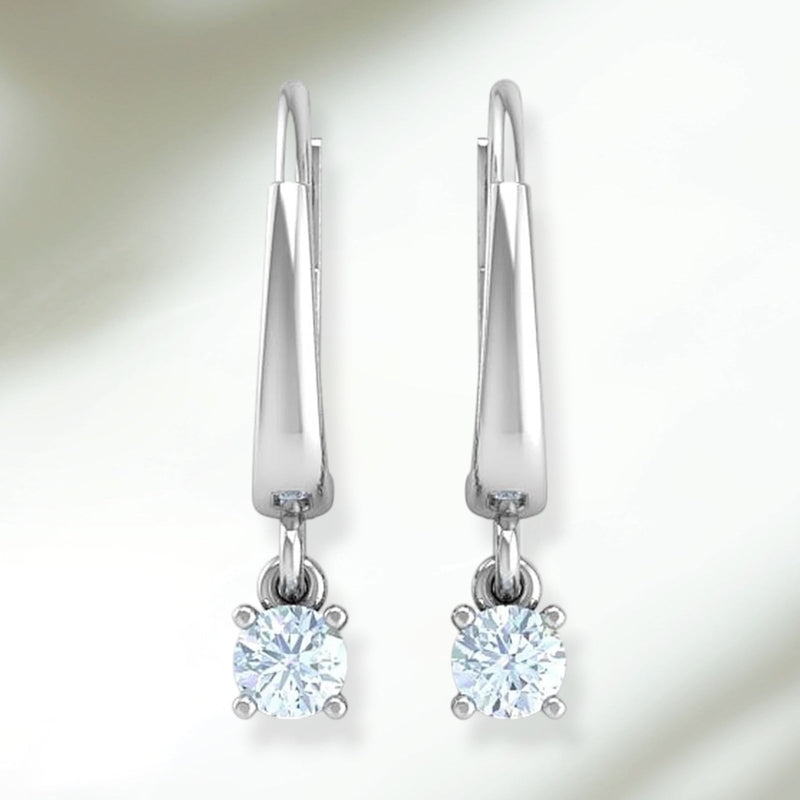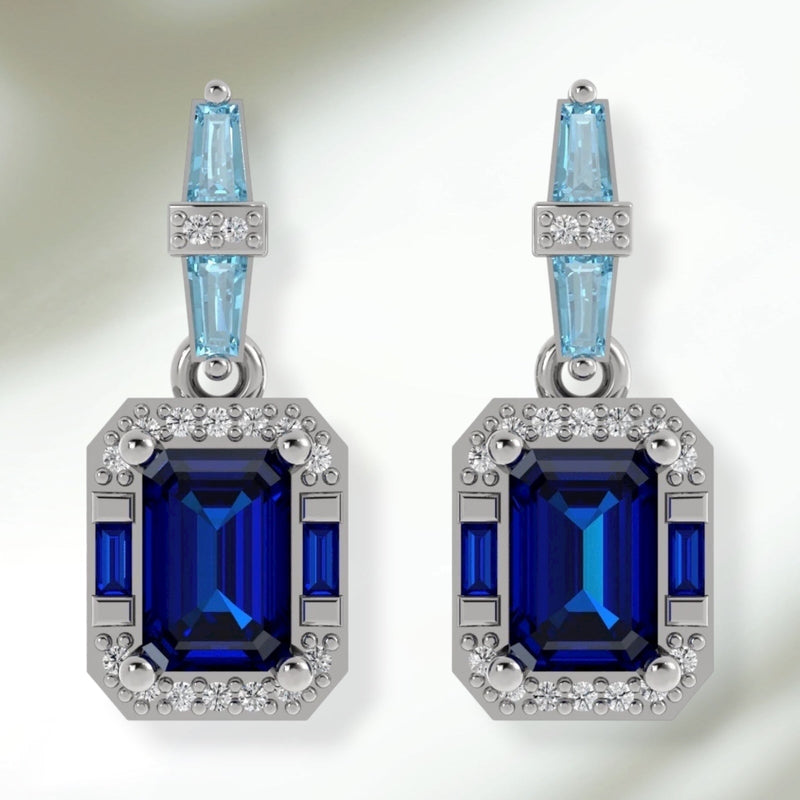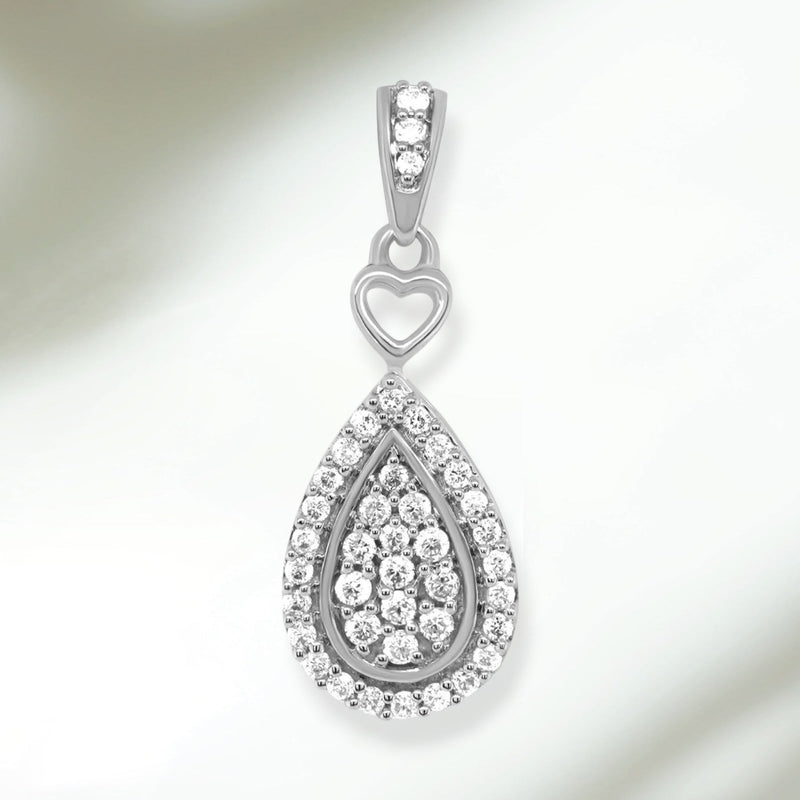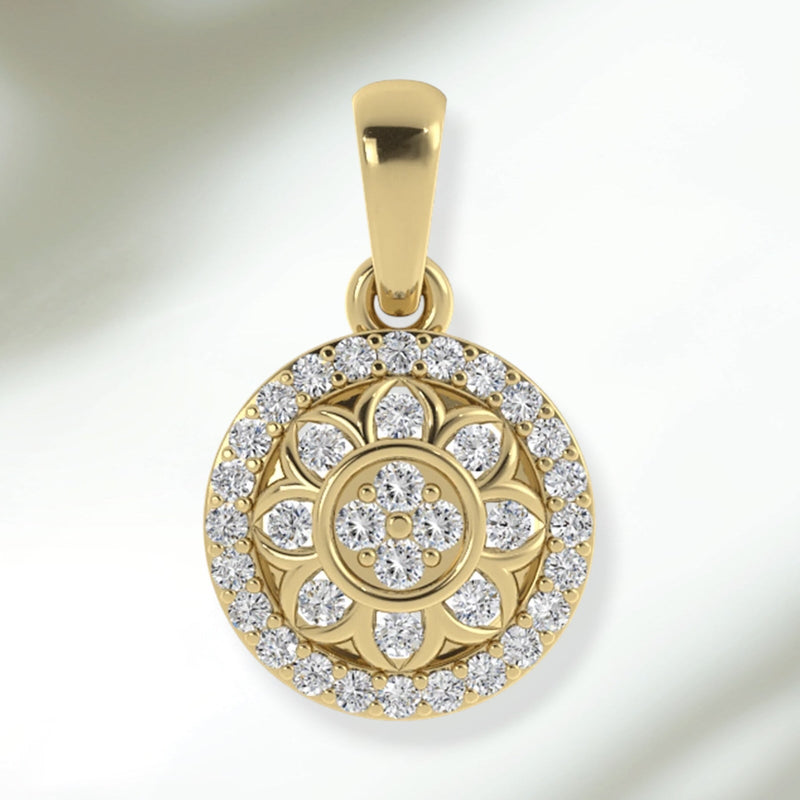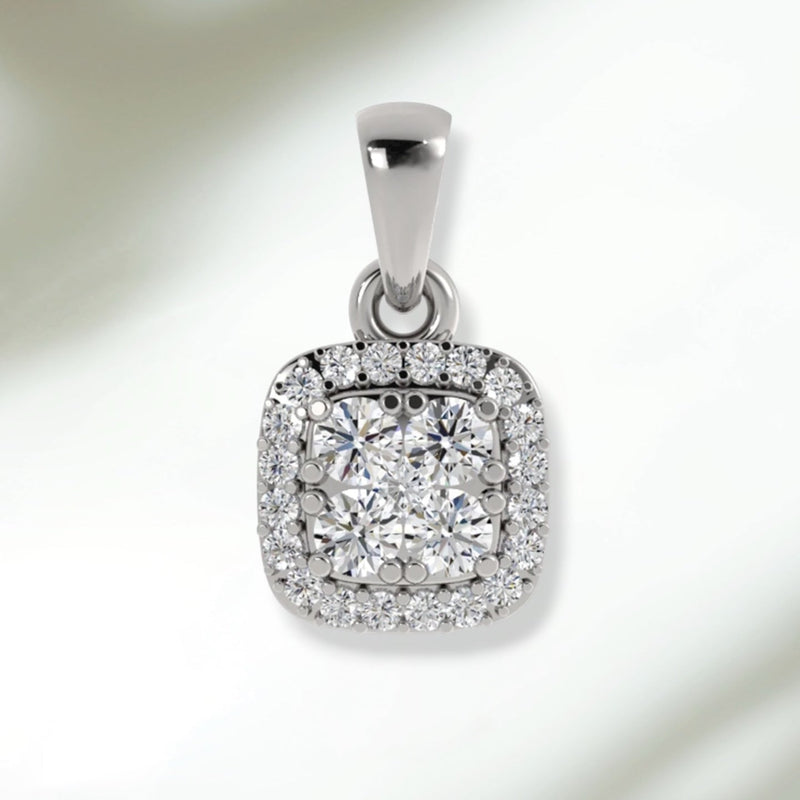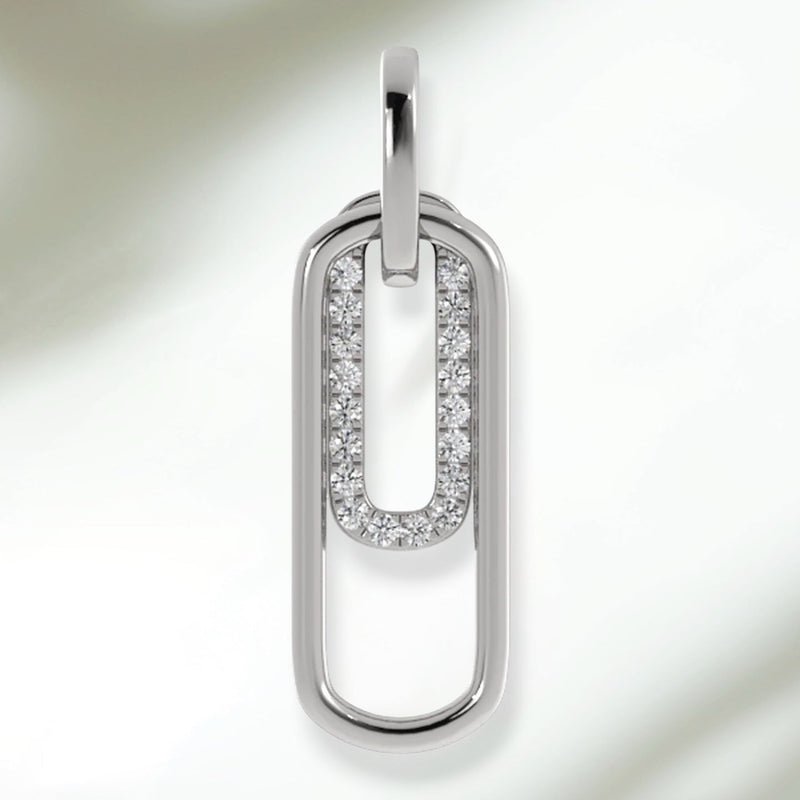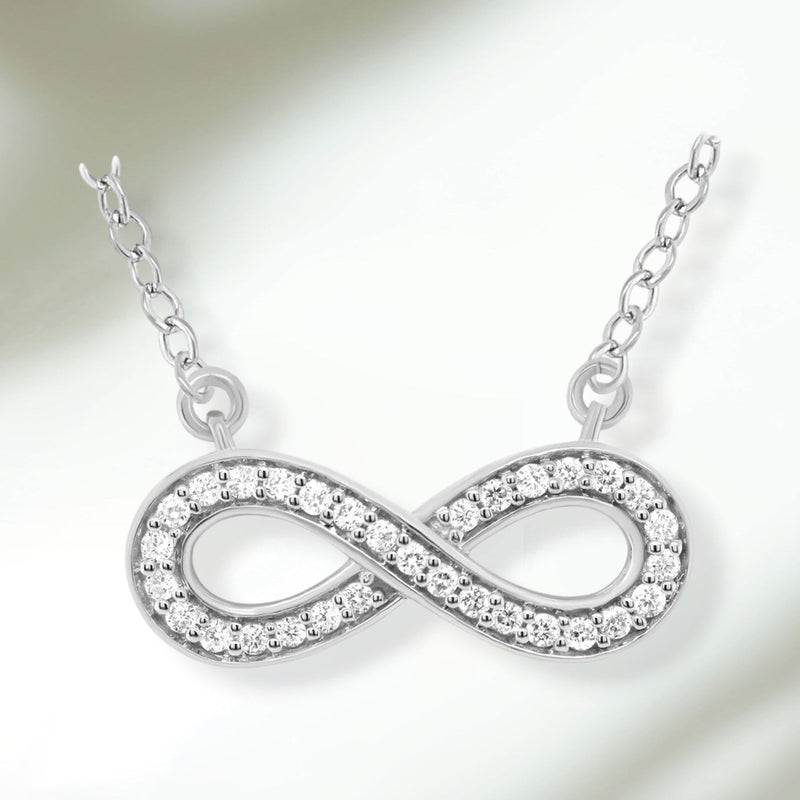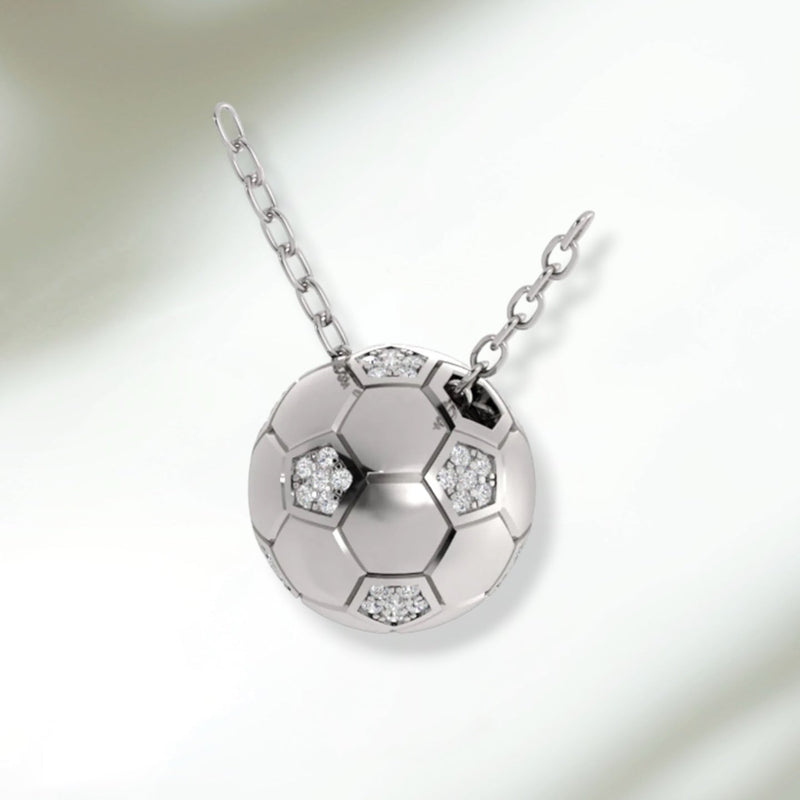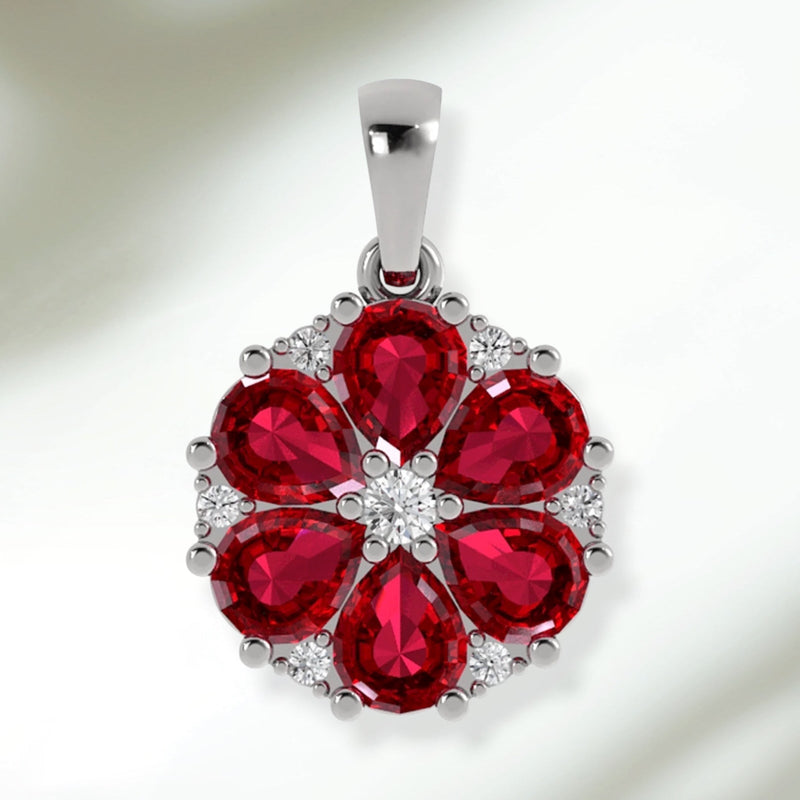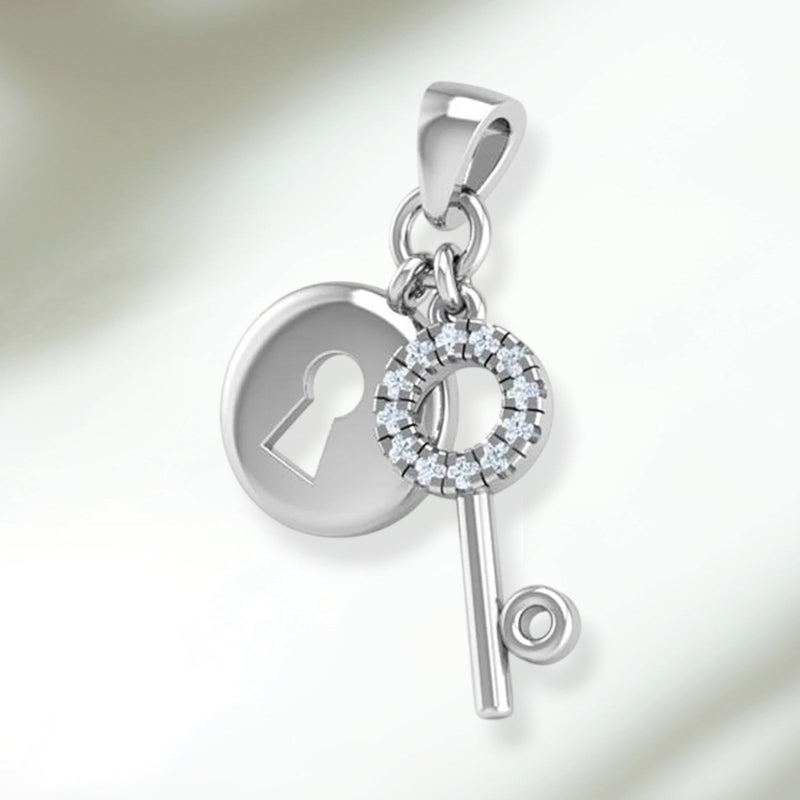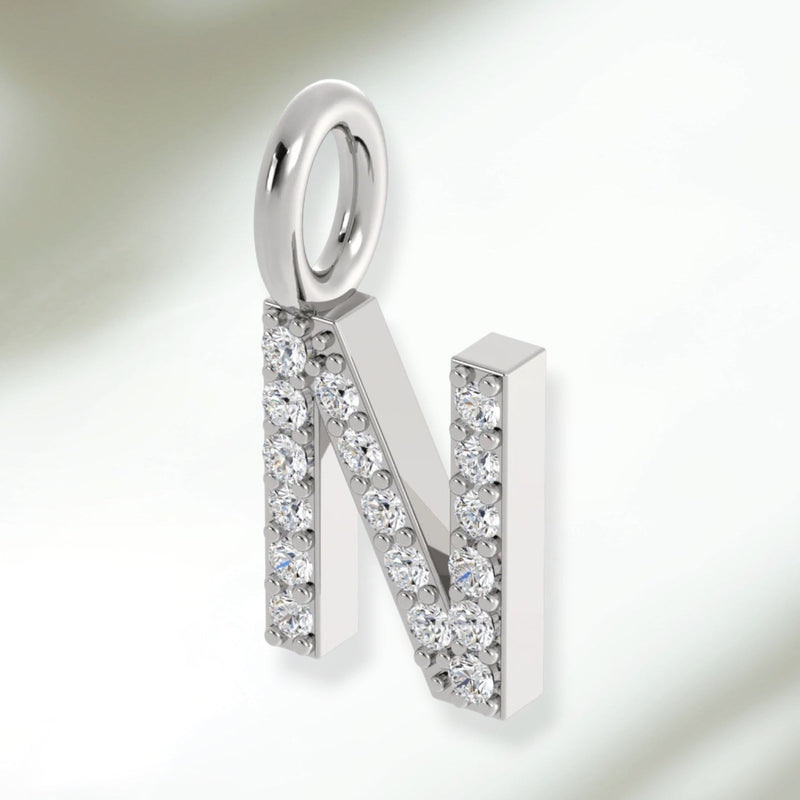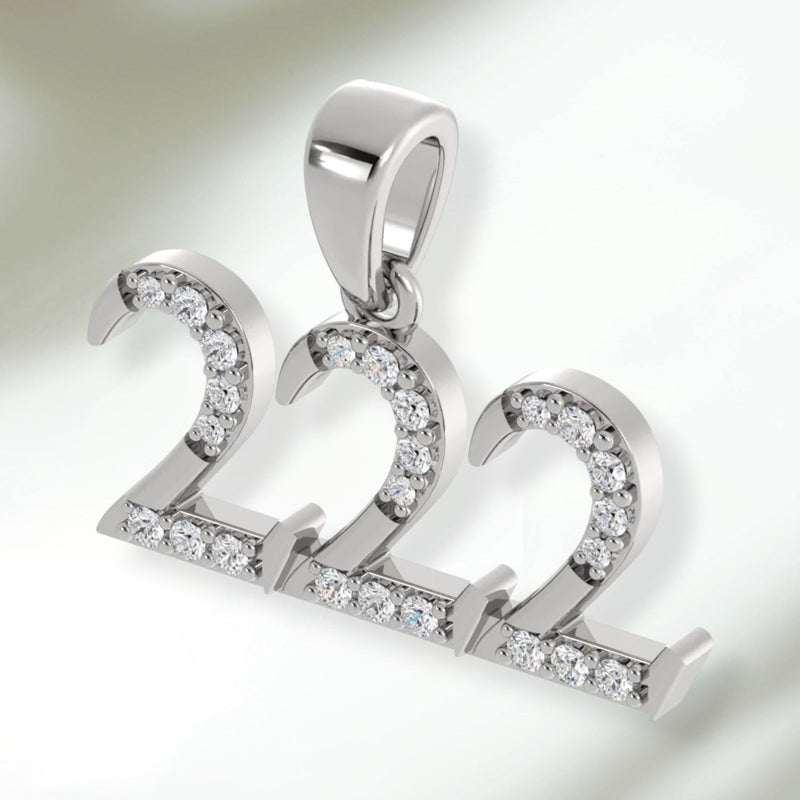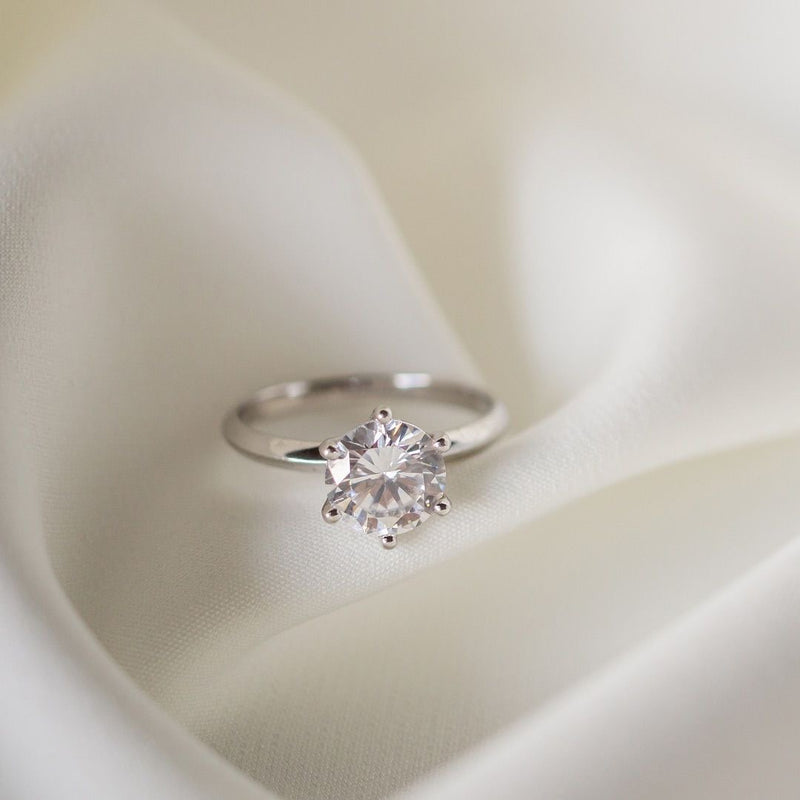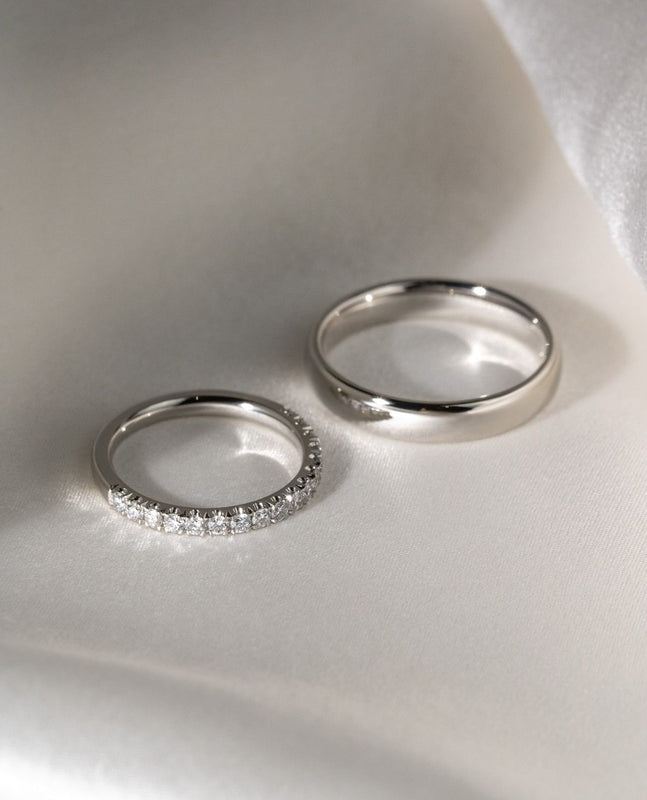Gyakori kérdések a NOORDIA gyémántokról
A laborban növesztett gyémánt újdonság?
Először a General Electric Co. laborjában sikerült gyémántot növeszteni az 1950-es években, ám ezek még nem voltak ékszer minőségű kövek, amelyeket a piacon értékesíteni lehetett volna. Csak az elmúlt néhány évben sikerült olyan nagyméretű, ékszer minőségű gyémántokat előállítani, amelyek kívánatosságuk és szépségük tekintetében megfelelnek vagy felülmúlják a természetes gyémántokat.
Tehát a laboratóriumban termesztett gyémánt nem új keletű jelenség, ipari felhasználása széles körű, az ékszerkészítés számára csak a közelmúltban vált elérhetővé
Mennyi időbe telik egy laborban növesztett gyémánt előállítása?
Színtől és mérettől függően 30-60 napot vesz igénybe egy gyémánt előállítása.
Hogy növesztik a gyémántokat?
Minden laboratóriumban növesztett gyémántot egy gyémántmag hő- és nyomáskamrába helyezésével növesztenek, amely reprudukálja a természetes gyémántképződési folyamatot. A gyémántok növesztése rendkívül nehéz, mert meg kell teremteni azokat a különleges feltételeket, amelyek a föld mélyén is a gyémánt kialakulásához vezetnek. Egy IIA típusú gyémánt aprócska szeletét olyan kamrába helyezik, ahol biztosítani tudják a hosszan tartó, stabil, magas hőmérsékletet és nyomást. A kristályosodás hatására a laboratóriumi gyémántok hat-tíz héten belül érnek meg. Ezután ugyanazon világhírű laboratóriumok vágják, csiszolják és osztályozzák őket, amelyek a természetes gyémántokat is hitelesítik.
A laboratóriumok által leggyakrabban használt két technika a következő:
Kémiai Gőzfázisú Leválasztás (CVD)
A gyémánt szeletet ezután egy kémiai gőzfázisú leválasztásnak (CVD) nevezett eljárásnak vetik alá, ahol a kristályok rétegesen növekednek a forró plazmában. Az eredmény egy valódi nyers gyémánt, amely a bányászott gyémánt összes természetes tulajdonságával rendelkezik. A CVD eljárás során ultra tiszta, szénben gazdag gázokat használnak egy ellenőrzött kamrában. A szén alapú gázokat, például metánt, addig hevítik, amíg szét nem esnek, és a bennük lévő szénatomok el nem válnak. Ezek az apró szénatomok a gyémánt szubsztrátumra hullanak, és rétegeket képeznek, ami egy durva gyémántkristályt eredményez. Ez a folyamat hat-tíz hétig tart, és drágakő minőségű IIa típusú gyémántokat eredményez.
Az utóbbi években a CVD kutatás egyre népszerűbbé vált, és most már a CVD módosított változatait is használják. Ezek az eljárások különböznek abban, hogy hogyan indítják el a kémiai reakciókat. Néhány ezek közül:
- Alacsony nyomású CVD (LPCVD)
- Ultra nagy vákuum CVD (UHVCVD)
- Plazma-támogatott kémiai gőzfázisú leválasztás (PECVD)
- Mikrohullámú Plazma Gőzfázisú Leválasztás (MPCVD)
Magasnyomású, Magas Hőmérsékletű Eljárás (HPHT)
A HPHT eljárás a Föld mélyén található természetes gyémántnövekedési környezetet utánozza. A használt gépek képesek közel 60,000 atmoszférás nyomást és 2,500 Celsius fokos hőmérsékletet létrehozni.
A növekedési cella tartalmazza a gyémánt növesztéséhez szükséges összes elemet, beleértve a magot, finomított grafitot és egy fémekből és porokból álló katalizátor keveréket. A cellát az HPHT kamra közepére helyezik. Állandó hőmérséklet és több mint 50,000 atmoszféra nyomás mellett a katalizátorok először reagálnak a hozzáadott hőre és nyomásra, és szilárd halmazállapotból olvadt formába változnak.
Az olvadt katalizátor oldat okozza a grafit oldódását a cellában. Miután minden szükséges feltétel teljesült, elkezdődik a hűtési folyamat. Ez a folyamat több napig tart, és lehetővé teszi a szénatomoknak, hogy a magra épüljenek. A cellát eltávolítják az HPHT gépből, miután a növekedési ciklus befejeződött. Az új durva gyémántot kivonják és megtisztítják a végső vágás és csiszolás előkészítéséhez.
Az egész HPHT növekedési folyamat rendkívül ellenőrzött környezetet igényel a drágakő minőségű gyémántok előállításához. Bármilyen változás a növekedés során megállíthatja a gyémánt növekedését, vagy zárványokat hozhat létre, amelyek használhatatlan gyémántokat eredményeznek. Minden gyémántnak teljes egészében végig kell mennie a növekedési cikluson. Csak az HPHT kamra megnyitása után láthatjuk a kész durva gyémántot, annak színét, tisztaságát és méretét.
Az HPHT eljárás során három fő eszközt használnak a szükséges nyomás és hőmérséklet biztosításához a laboratóriumi gyémántok előállításához:
- Bars prés
- Öv prés
- Kocka prés
Mi az a IIA típusú gyémánt?
A világ leghíresebb és legragyogóbb természetes gyémántjai mind IIA típusúak. A Koh-I- Noor, a Krupp, a Regent és a Dél Csillaga mind ebbe a kategóriába tartoznak.
Csak a bányászott gyémántok legjobb 1-2 %-a nevezhető IIA típusúnak. Az összes gyémánt közül ezek a legtisztábbak és a legjobb hővezető képességűek. Ahogy a természetes gyémántok a föld felszíne felé emelkednek a mélyből, általában deformálódnak vagy tökéletlenül formálódnak, felvesznek bizonyos szennyeződéseket.
A IIA típusú kövek szinte teljesen mentesek ezektől a hiányosságoktól és deformációktól. Minden általunk forgalmazott gyémánt IIA típusú.
A gyémánt teszter pozitívan jelez a laborban növesztett gyémántnál?
Igen, ezek valódi gyémántok. Összetételük tiszta, kristályos elemi szén. A NOORDIA ékkövek minden olyan teszten átmennek, melyeket a gyémántok igazolására használnak
Mi a 4C?
A 4C sokak számára ismert fogalom:
1. Colour, a szín;
2. Clarity, a tisztaság;
3. Cut, a csiszolás;
4. Carat, a karát súly.
De valójában milyen jelentősége van az árképzésben?
A gyémánt szakma a Rapaport Diamond Report ® árlista alapján határozza meg az árat. A Rapaport lista alapja a tökéletes briliáns csiszolás. Megfigyelhető, hogy az ár exponenciálisan emelkedik a tömeg és a tisztaság függvényében. A tömegen kívül fontos faktor a gyémánt színe és zárványosztálya.
Miért drágábbak a bányászott gyémántok, mint a laboratóriumban növesztett gyémántok?
A bányászott gyémánt legalább 5 kereskedő kezén keresztül jut el a bányáktól a vásárlókig, így annak árát ez folyamatosan magasan tartja.
A laboratóriumban növesztett gyémántokat viszont egyenesen a gyártóktól rendeljük. A rövid ellátási lánc magyarázza elsősorban az alacsonyabb árat,valamint természetesen a bányászati költségek sem növelik az ékkövek árát.

